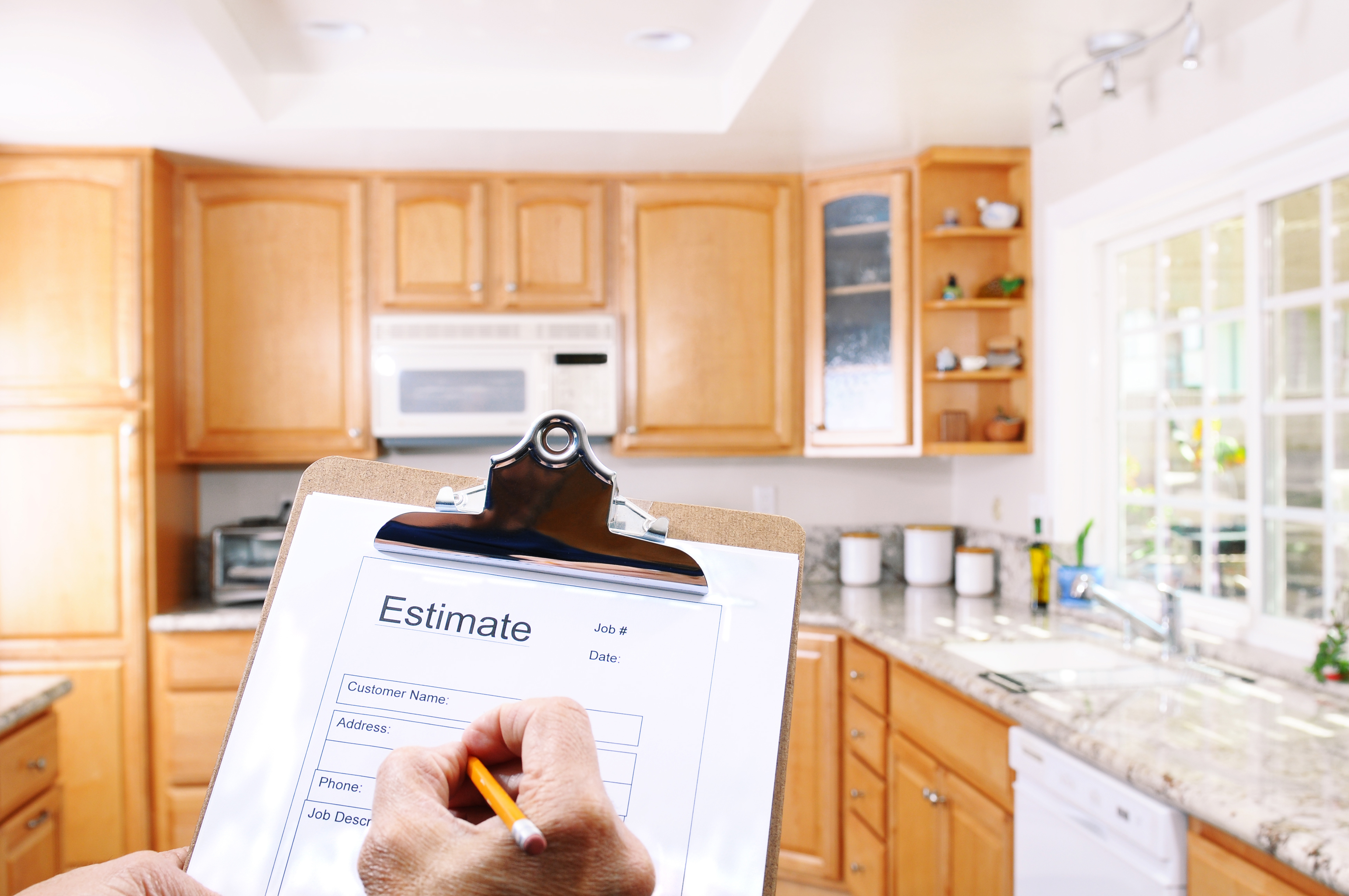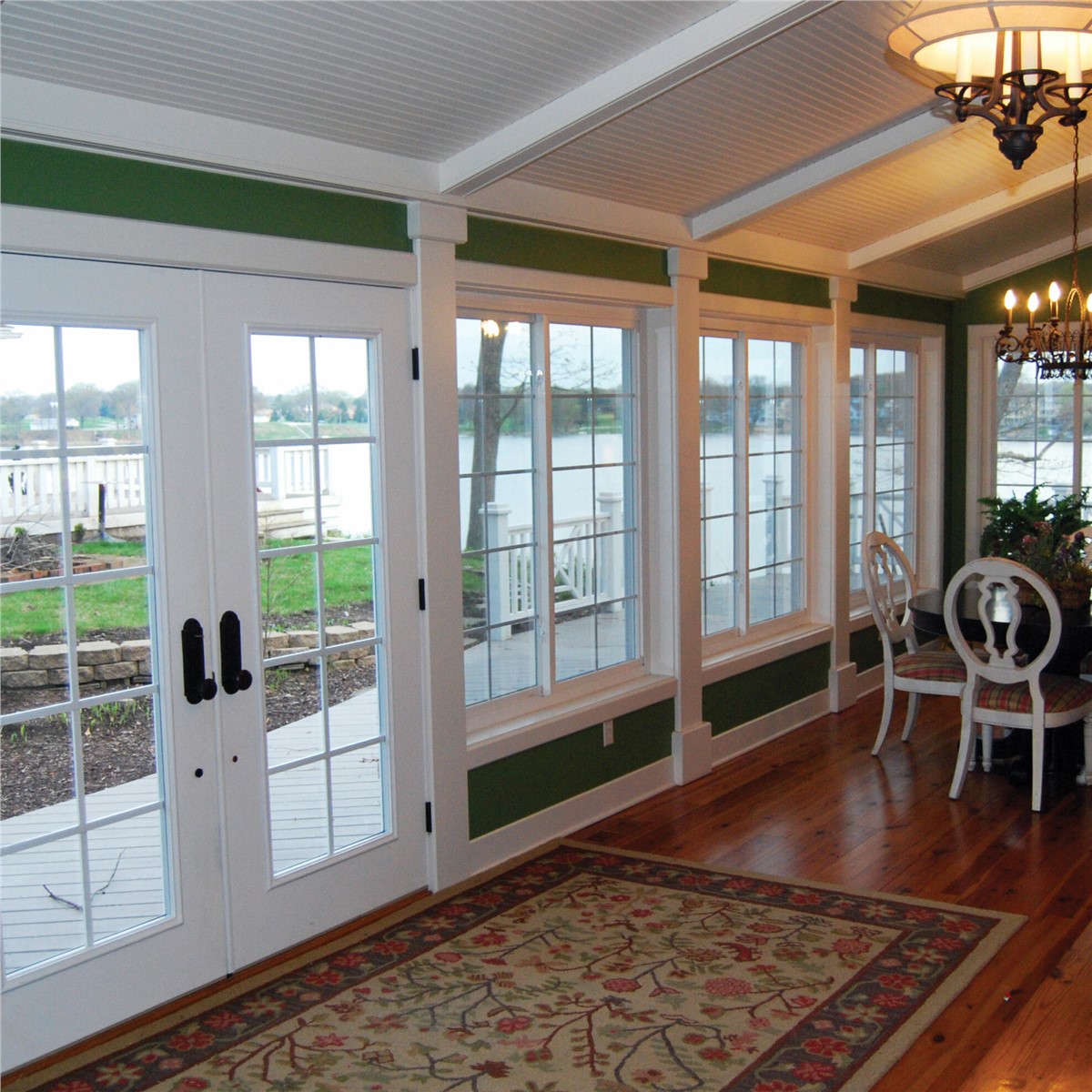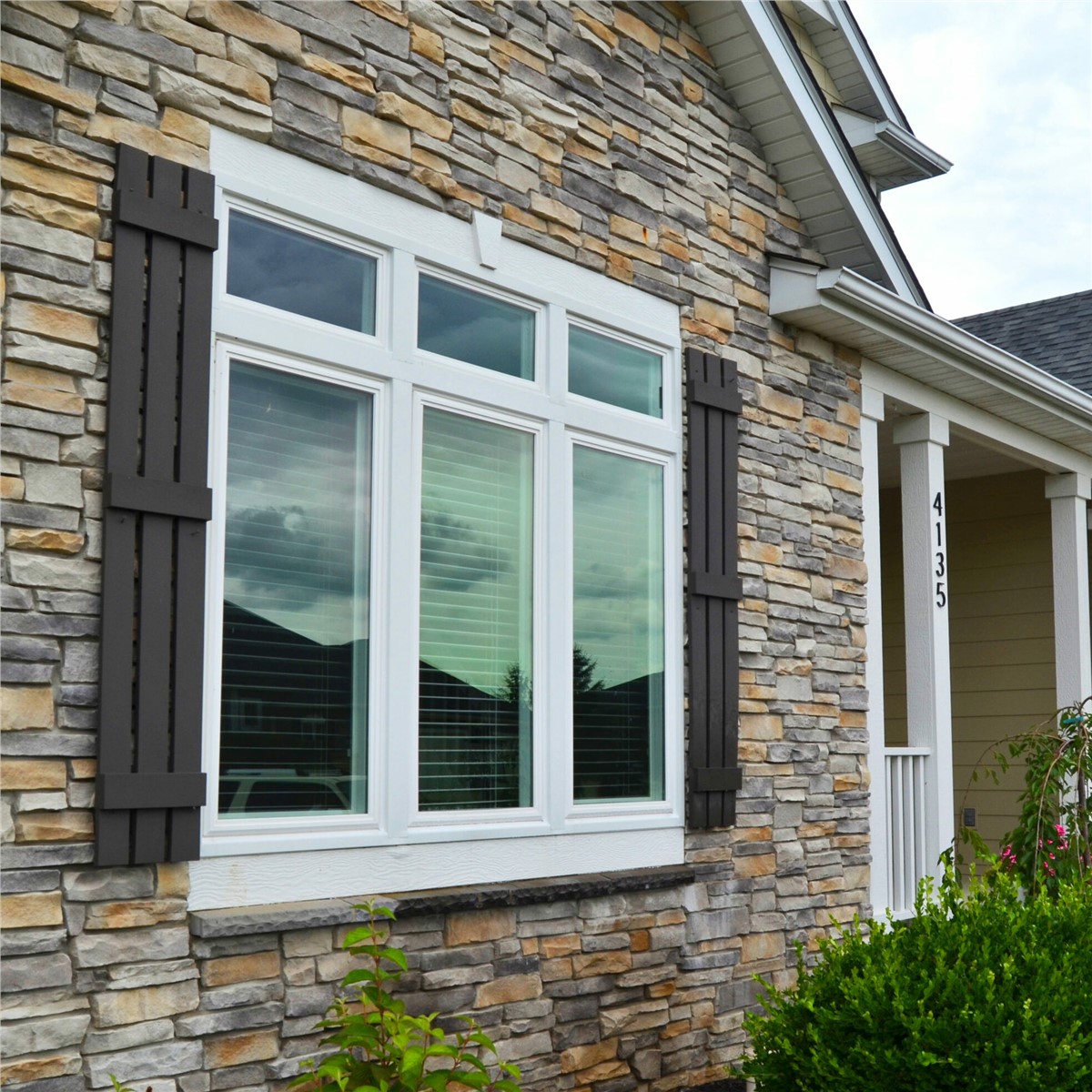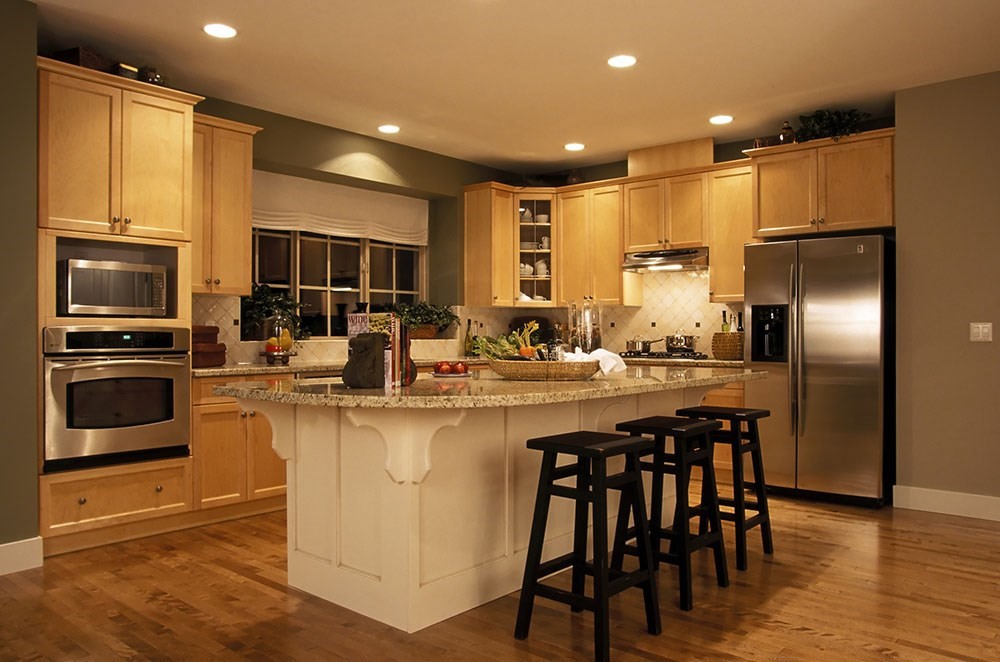 When you enter the kitchen remodeling process, everything begins and ends with your budget.
When you enter the kitchen remodeling process, everything begins and ends with your budget. Master this first step and you’ll be well on your way to making the project a success. Fail to give your budget the attention it deserves and you’ll be wondering how your idea for a lovely new kitchen came to resemble an endless money pit of despair.
That picture may be a little over-dramatic but hopefully it conveys the point, the first step in any home kitchen remodeling project is to establish a firm budget.
A firm budget will give you a clear direction and allow you to make future decisions with a purpose. It will give you a realistic picture of what you can expect the end result to look like and will prevent you from getting carried away.
While it would be nice to pick an arbitrary number and simply refuse to spend more than that amount, there are actually several factors you need to consider when setting your budget.
Make Sure Everyone is HeardSince each consequent decision will be impacted by your budget, our first piece of advice is to include all key decision-makers in the decision.
If someone is cut out of the initial process, he or she might not feel like his or her opinion on later issues will also not be respected. Having everyone on the same page at the beginning can help get the project started off on the right foot.
Know What Your Priorities CostThe more specific details you know about what you want, the more accurately you can predict your cost.
If you don’t have specific plans set out yet, the next best thing is to know what areas of your kitchen you want to upgrade the most.
One of the best ways to set an accurate budget is to understand how your costs will break down.
Traditionally cabinets and countertops are the biggest expenses, followed by labor costs, appliances, walls, floors, windows, etc.
The more you want to upgrade your cabinets and countertops, the higher your budget will need to be. If you would rather focus on improving other areas, the more money you can save.
Knowing where you want to devote the highest percentage of your resources can give you significant clarity on where you should set your budget.
Understanding how costs break down will also help you in the long-run if you need to cut expenses. You can opt for major savings by selecting a simpler version of cabinets or trim a few dollars off the cost by making a minor adjustment to a less expensive fixture or appliance.
Hope for the Best, Plan for the WorstYou will pay more than the price you get quoted.
Your contractor isn’t a liar, he just doesn’t know what’s lurking behind your walls or hiding under your floors before they get torn up.
Anytime you tear up walls, floors, and appliances, it is inevitable that you find hidden problems.
Issues like dry rot, mold, or leaking pipes go on for years unnoticed. These issues are even more likely to arise if you own an older home.
Build unexpected setbacks into your original budget and you won’t be frustrated when your contractor explains that you have a serious mold problem.
If you keep these three tips in mind, you can construct a reliable budget that will get you the kitchen you want at the price you can afford.
Once you set your budget, have the conviction to stick to it and you’ll be well on your way to a successful, headache free kitchen remodel.
Subscribe to Legacy Remodeling's Blog











Comments